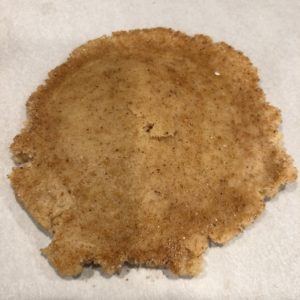Red, Green and Black. Christmas Colors?
I have been going through bins of strap scraps. I found two small lengths of straps, one green and one red. Though I wouldn’t say this looks like a Christmas bag, it is Christmas time and this is the closest I am going to come to making something Christmasy.











